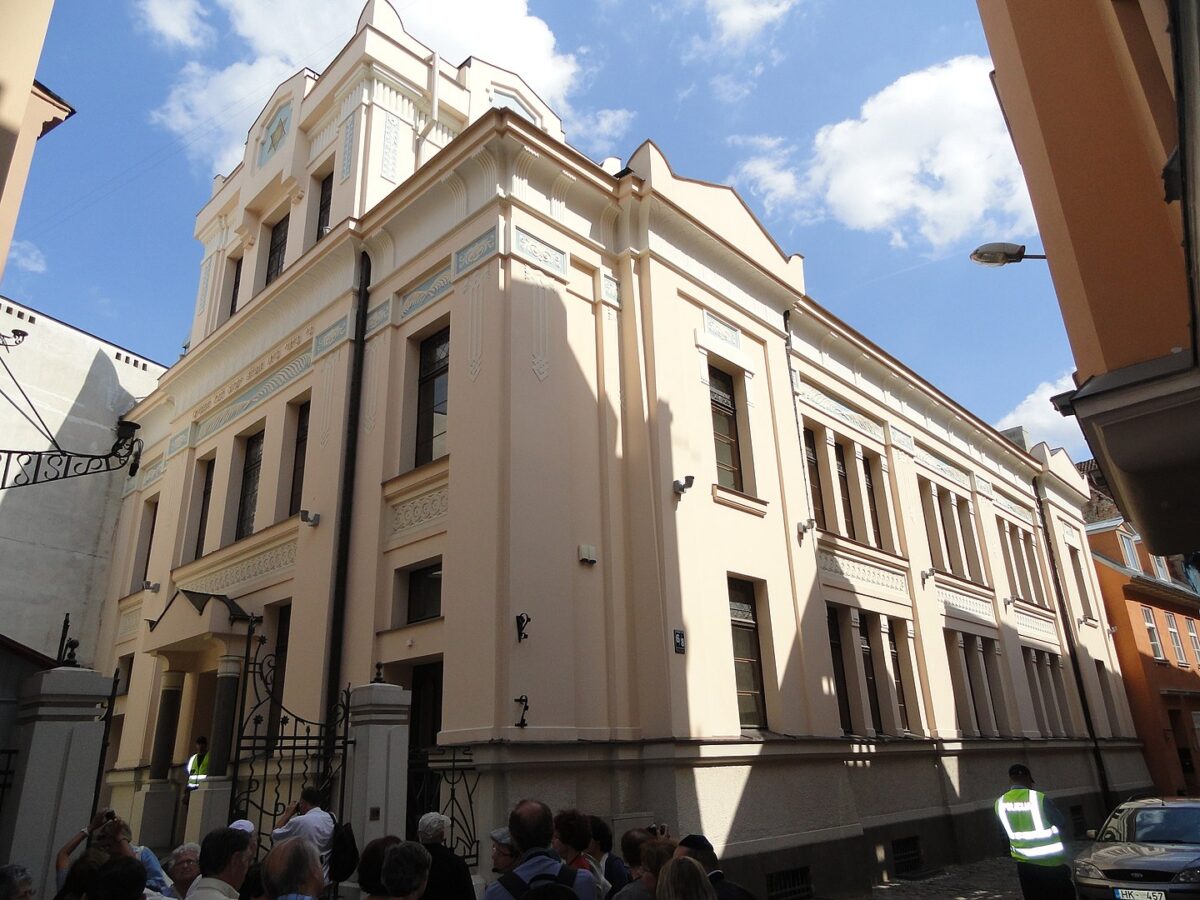RIGA, LATVIA – A terrorist’s goal is to cause death and destruction, but sometimes they only need to cause the latter to make their point.
As Brian Jenkins has argued, terrorism is theatre. Terrorists want as many people watching as possible; the number of victims is less crucial, if not negligible.
In their attempts to draw eyeballs to their attacks, terrorists will often choose so-called “soft targets,” i.e. non-military, including places of cultural, religious and historical significance. The more important a site is to its surrounding community, the more likely it is to be targeted by those wishing to make a point.
Even if they are casualty-free, these attacks still have a significant impact.
Today’s featured attack is an example of how strategic placement of a bomb, even if no one is harmed in the blast, can still leave a community shaken: a success in the eyes of those who wish to spread terror.
On this day in 1998
In the early hours of the morning, a bomb exploded outside the the Peitav Synagogue in the Latvian capital of Riga, located in the city’s historic Old Town neighbourhood, causing an estimated $60,000 in damage but no injuries. The bombing went unclaimed but observers believed it was related to a rise in anti-Semitic violence in the wake of a controversial parade of Latvian veterans who served in the Nazi SS unit during the Second World War.
Someone wanted to intimidate the Jewish community.
Lubavitch Rabbi Mordechai Glazman, an officiant at the synagogue
The target was certainly a place of meaning to the Jewish community in Riga. Not only is the place of worship 93-years-old but after all the other synagogues in the city had been burned down by the Nazis, this one was left unscathed due to its proximity to other buildings on the block (the Nazis could not have destroyed it without taking out the entire block: instead, they kept it and used it as a stable for their horses).
The synagogue had managed to survive not only the Nazi occupation, but also Allied bombardment during WWII. And yet it was struck by a bunch of terrorists. This place of worship may not be human but it has become a casualty of terrorism nonetheless.

